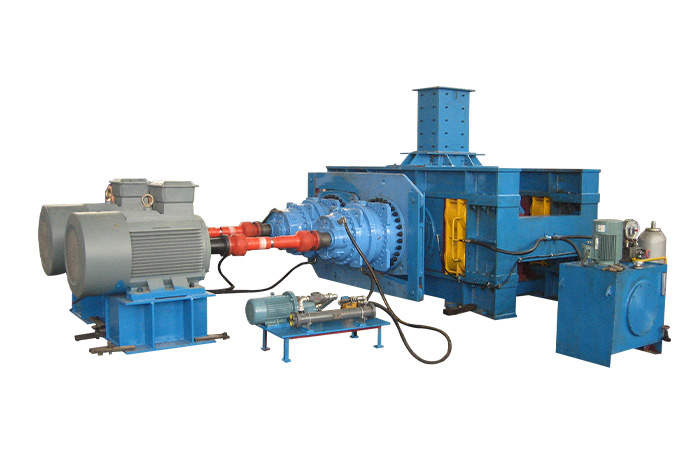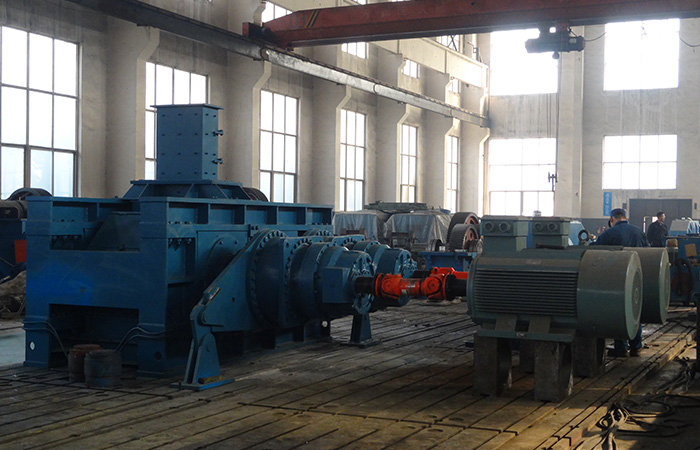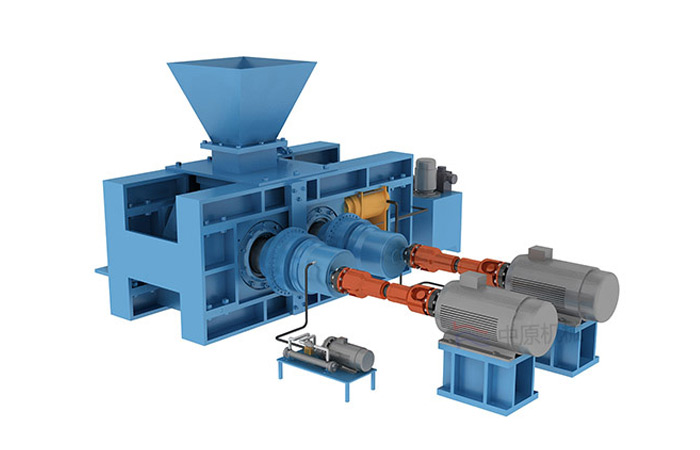

-
Products
-
Application


High-pressure grinding rolls (HPGR) and ball mills are both grinding equipment used in mineral processing plants, but they operate in different ways and have distinct advantages and disadvantages. Here are the key differences between them:
High-Pressure Grinding Rolls (HPGR): HPGRs use two counter-rotating rolls, typically made of steel, to exert high pressure on the material being processed. This pressure causes inter-particle comminution, where the ore particles are crushed and broken by the direct pressure between the rolls.
Ball Mill: A ball mill is a rotating cylinder filled with steel balls that grind the ore by the impact and attrition of the balls as they cascade within the mill. The ore is fed into the mill through a hollow trunnion at one end and exits through a discharge grate at the other end.

HPGR: HPGRs are generally more energy-efficient compared to ball mills, especially in fine and ultra-fine grinding applications. The high-pressure grinding process consumes less energy per ton of ore processed, leading to lower operating costs.
Ball Mill: Ball mills are widely used but can be less energy-efficient, particularly when grinding finer products. They have a higher specific energy consumption compared to HPGRs, which means they require more energy to grind the same amount of material.

HPGR: HPGRs produce a more uniform and narrower particle size distribution compared to ball mills. This can result in improved downstream processing efficiency, as a more consistent particle size allows for better liberation of valuable minerals and reduces the overgrinding of fines.
Ball Mill: Ball mills can produce a wider range of particle sizes, including both coarse and fine grinding. However, the particle size distribution may be broader compared to HPGRs, leading to a higher proportion of fines.

HPGR: HPGRs generally have lower maintenance requirements compared to ball mills. The wear on the rolls is relatively low, and they can be easily replaced when necessary. However, the wear on the lining of the rolls and the feed chute can still be significant and require regular monitoring and maintenance.
Ball Mill: Ball mills require regular maintenance and inspection of the liners and grinding media to ensure proper functioning. The liners and balls may need to be replaced periodically due to wear. Additionally, the discharge grate may become clogged and require cleaning or replacement.
In summary, HPGRs and ball mills are both valuable grinding equipment used in mineral processing, but they have distinct differences. HPGRs are generally more energy-efficient, produce a more uniform particle size distribution, and require lower maintenance. On the other hand, ball mills have a wider range of particle sizes, but may be less energy-efficient and require more frequent maintenance. The choice between the two depends on the specific requirements of the application and the desired grinding outcomes.

Official Agent of ZY MINING in Russia.
Please enter here.
Add: Luoxin Industrial Zone,Luoyang City,Henan Province P.R.C.
Tel: +86-379-67313306
E-mail: gloria@zyksjx.com